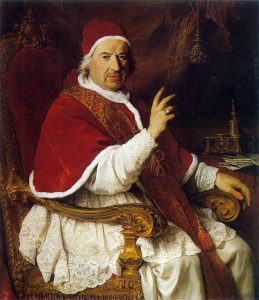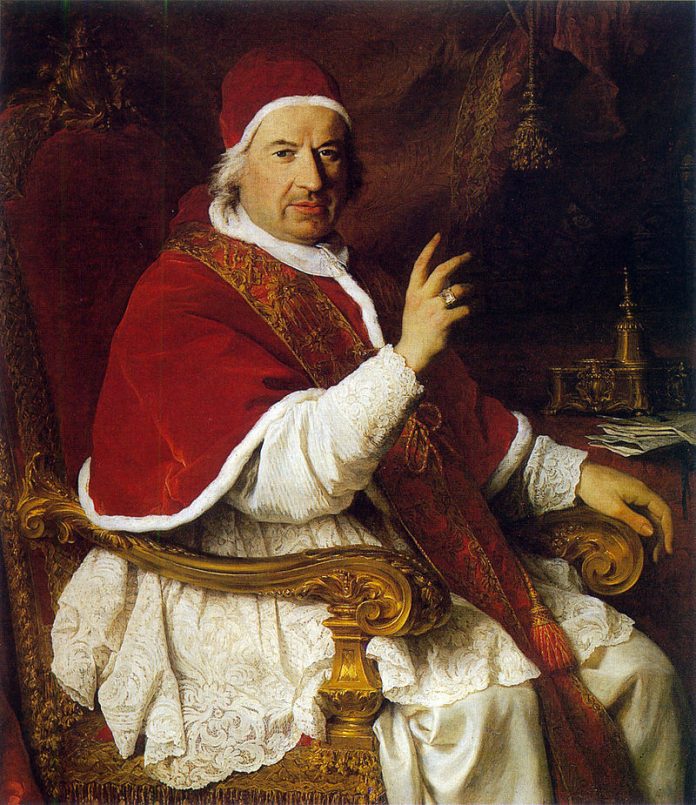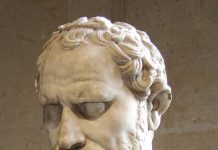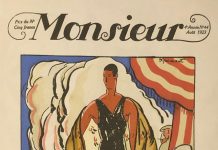Before I read classic horror stories and watched vampire movies, when I was a mere ten years old, a silly girl from my sister’s scouting troop came up to me one day at Church and told me she was a werewolf and that her sister was a vampire, and that both of them knew they were such because they liked their meat very red. No doubt she was one just discovering the joys of the TV show Twilight (and Robert Pattinson, who I’m sure has loads of women begging to be bitten by him).

Despite what the vampire has turned into, they were not always sexy and pale (well, maybe always pale) and walking about in the sunlight. Nick Groom’s The Vampire: A New History tells a slightly more enigmatic tale, albeit not always filled with exquisitely handsome men.
“In the early eighteenth century, the traditional bloodsuckers of Eastern European folklore came face to face with empirical science and became vampires.” Instances of vampirism were studied and documented and there was soon a “body” of cases from which commonalities could be extracted: vampires were found in their coffins gorged with blood and had often eaten through their grave clothes. The formula for dealing with them became, more or less, decapitation and staking through the heart; oftentimes bodies were burned completely. “They were identified less as supernatural bloodsuckers and more as nocturnal asphyxiators and/or as vectors for contagious disease”. (There are still similarities nowadays it seems: after all, the most famous disease of the past five years, Covid-19, originated in the state of China, which is a vampiric parasite on its people and the rest of the world.)
Later on, Erasmus Darwin would posit, in one of his poems on naturalism, that malaria was “vampiric”, which was one of only many diseases which was described that way (bearing in mind that the Vampire, in many ways, was essentially a medical phenomenon). Although vampires came to be in the 18th century, there were many and varied curious incidents revolving around “undead” people, those who were rumored to have risen from their graves, or, as “surveyed by Phillip Rohr in his Dissertatio De Masticatione Mortuorum. . . .an empirical study. . . .gives grisly details of graves being opened to reveal that the undead had been consuming their own shrouds. . . .and in some cases had even devoured their own limbs and bowels. But what is most striking about these occurrences is. . . .infernal mastication.” This will articulate itself later as a characteristic of vampires feasting (slobbering and salivating sounds).
By 1750, vampires were an epidemic, but not all people, even in eastern Europe, believed that there was such a thing as a vampire. The Empress Maria Therese of the Hapsburg line had her personal physician investigate a particular instance of a supposed female villager transforming into a vampire, and formally later announced that vampires were imaginary beings which had no reality outside the poor, stupid superstitious minds of the rustics and naïve doctors of Eastern Europe. (She clearly never investigated some of the illustrious rulers of her own line, who sucked the blood of entire populations.) Actually, in the vein of my last snide comment, vampires quickly acquired extra-mortuatorial symbolisms in both the religious sphere and the political sphere. Vampires came to be seen as a grotesque perversion of the Eucharistic feast of Catholicism: “Moreover, whereas the blood of Christ was shared among communicants, and bread had a bodily symbolism, protection from vampires was conferred by eating bread infused by vampiric blood.”
There was a plethora of religious books and investigations written upon vampirology; its crown was the 1759 book Dissertations upon the Apparitions of Angels, Daemons, and Ghosts, and Concerning the Vampires of Hungary, Bohemia, Moravia, and Silesia. It was not only the most “comprehensive” investigation of this phenomenon (leastways, religiously) by a theologian, but it was the most exhaustively comprehensive title ever given to a book up to that time. To anyone’s interest, author Augustin Calmet tentatively decides (at the end of his necessarily thorough reflection and research) that Vampires do not exist, which was the same conclusion of Prospero Lambertini, Pontiff of the Holy Catholic Church (Pope Benedict XIV). “By the beginning of the nineteenth century, vampires had plural identities. . . .they were political metaphors”, particularly in Britain it seemed, where perhaps vampires were never as contagiously believed as in some Eastern European countries. Politicians and satirists (some of them hired by “the opposition”) often compared their enemies to vampiric bloodsuckers in pamphlets and speeches; many of the great and rich were accused of sucking the blood from the—well, the proletariat. Blood here of course meant the life and resources of the people. Being such a magnificently widespread figure, the Vampire very quickly sucked its way into the imagination of poets and short story writers and, naturally later on, novelists.
The Dead Men of Pest is an “historical” poem explicitly about the ventures of vampires, a host of them, which gradually transform the town of Peste into “a city of the undead”. There are only two non-vampires left in Peste by the last lines of the poem. More famously and less explicitly vampiric is the novel Frankenstein, by Mary Shelley. The romantic imagination had been so immersed in vampirology, that poems and books, articles and pamphlets had no need to be about vampires in order to be vampiric. There are even vampiric images in the poem of Coleridge’s, the “Ancyent Marinere”. An entire chapter of the second half of the book is dedicated to Dracula, by Bram Stoker, whose novel and consummate representation of the Vampire marked the beginning of the modern era of vampires (an interesting red herring: I discovered that Jack the Ripper, at Stoker’s admission, was an influence on the Count’s creation).
Vampires, it does not require me to say, have entered the 21st century with many representations in literature and in movies (and apparently, among beautiful men). This book, like the Vampire itself, is a multi-faceted study: historical, philosophical, cultural, medical. It is very well written and very well researched. To use the tabooed language of the Vampire phenomena, it will get the blood flowing in your head. It is a jealous book; it will occupy all your attention while you read it, and like the effects of vampirism in the culture, it will linger in your mind.
Author Nick Groom, known as the “Prof of Goth,” is professor of English at Exeter University, UK. His previous titles include The Gothic: A Very Short Introduction, and The Seasons: A Celebration of the English Year, which was shortlisted for the Katharine Briggs Folklore Award and came runner-up for BBC Countryfile Book of the Year.
The Vampire is published by Yale University Press for $25 hardcover.
Pattinson photo by Warner Bros.














